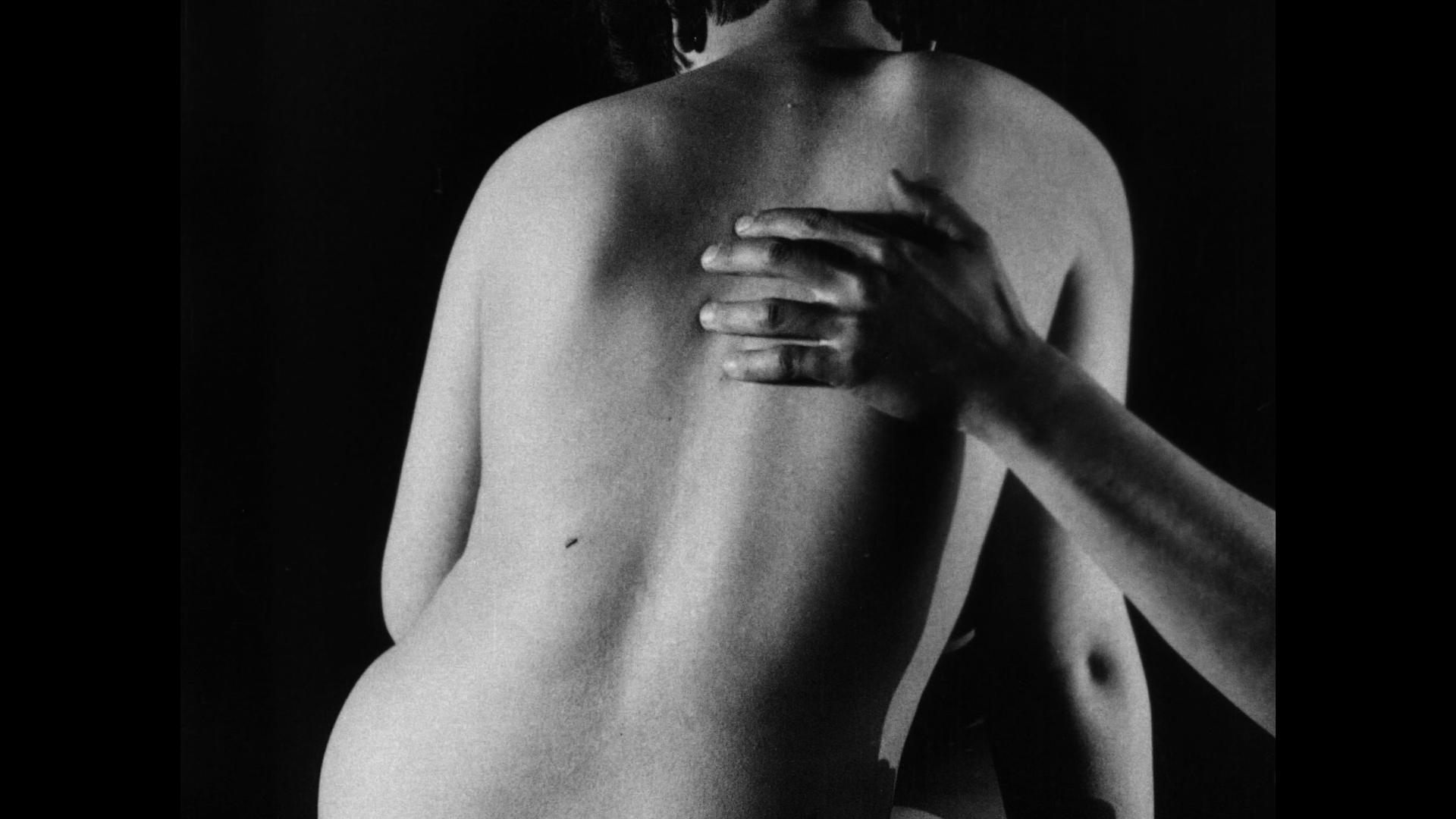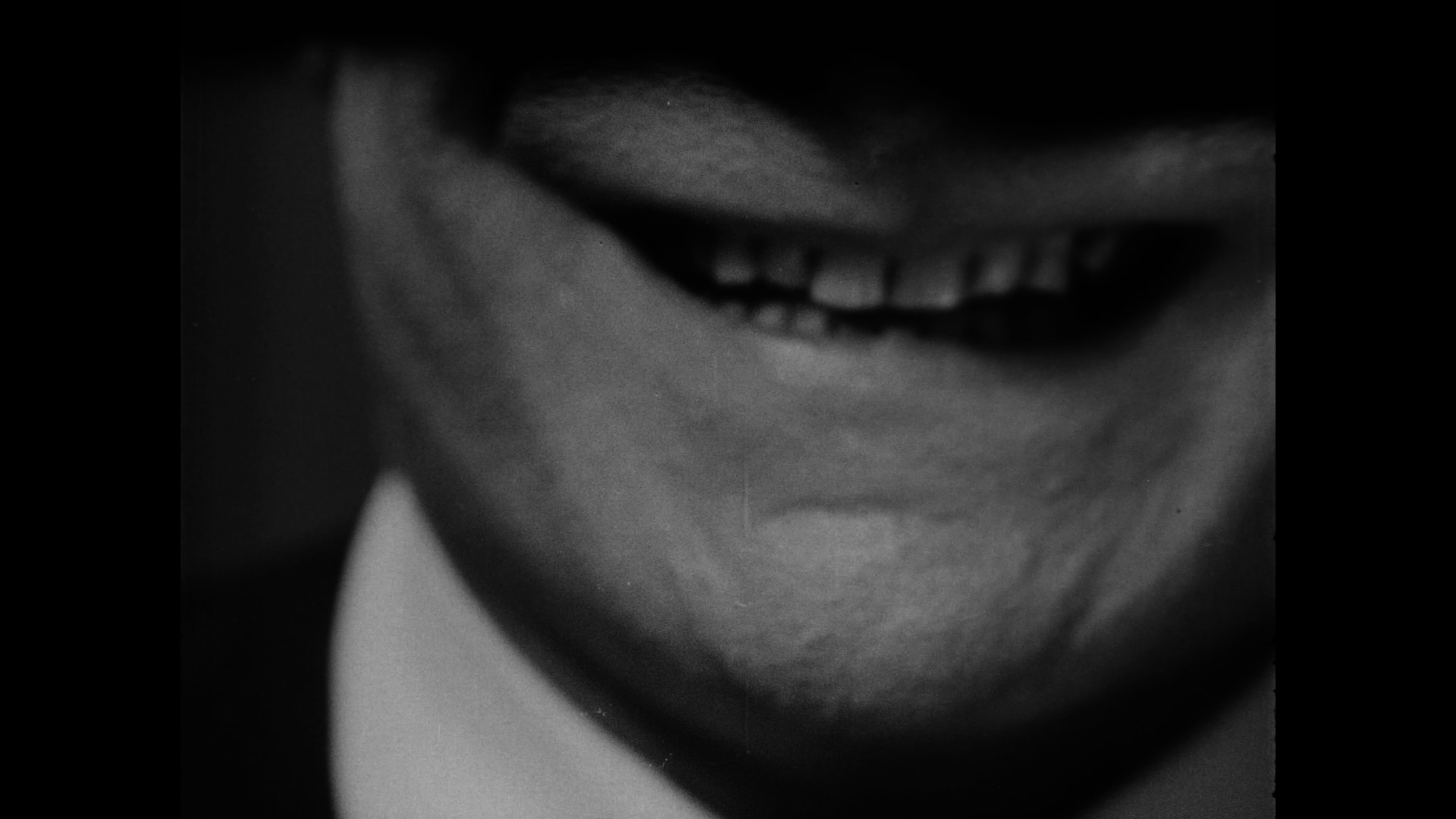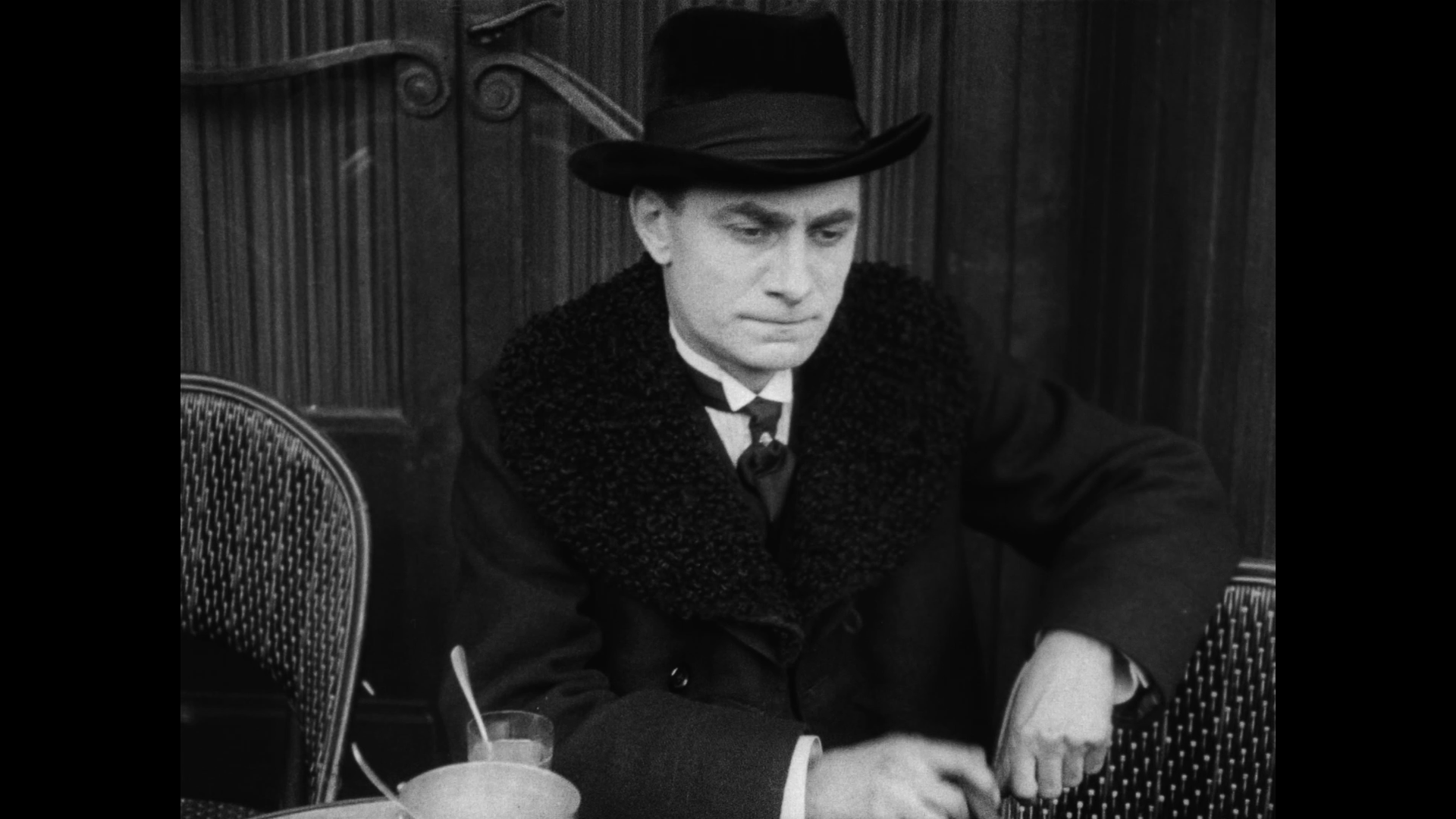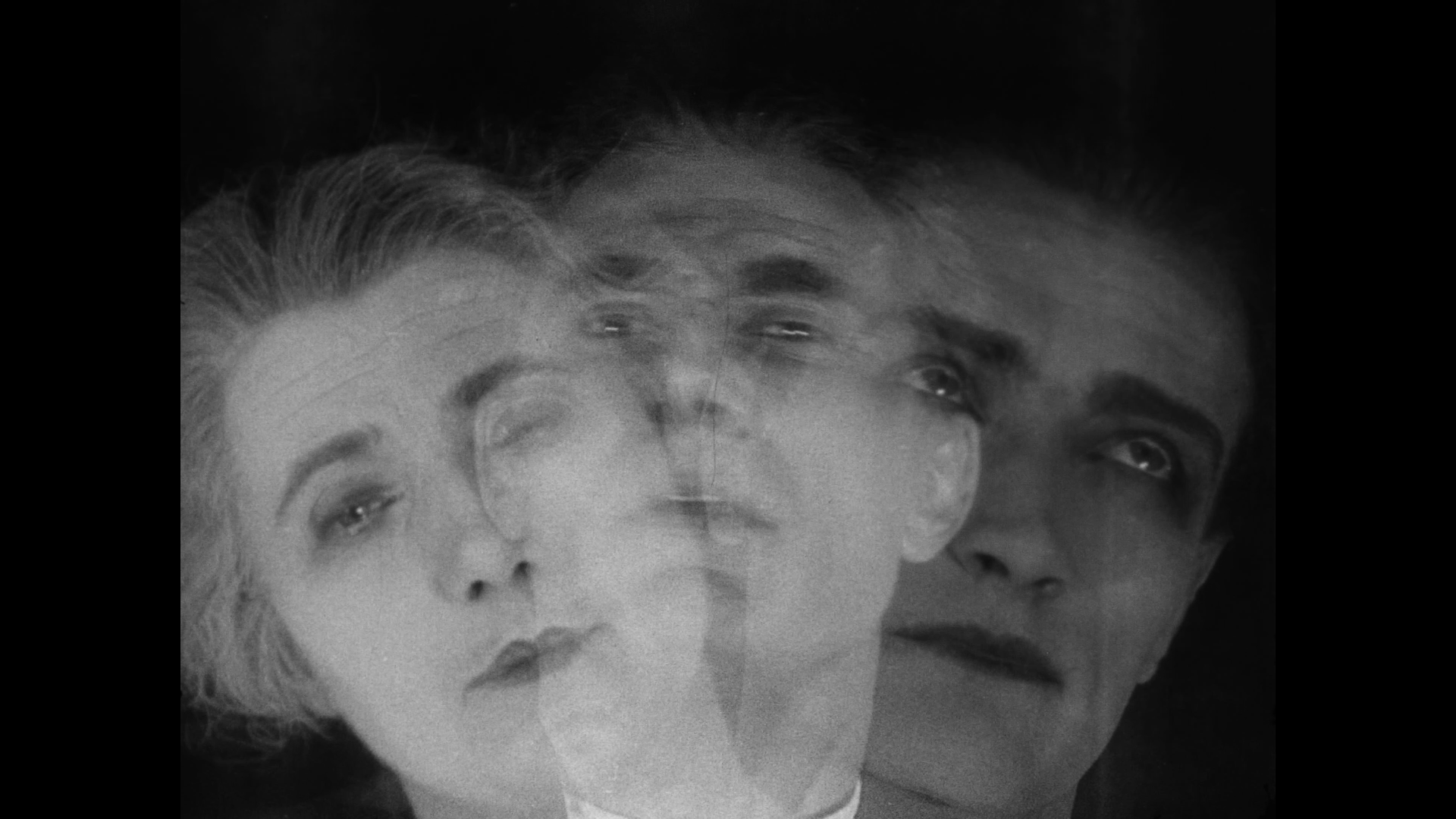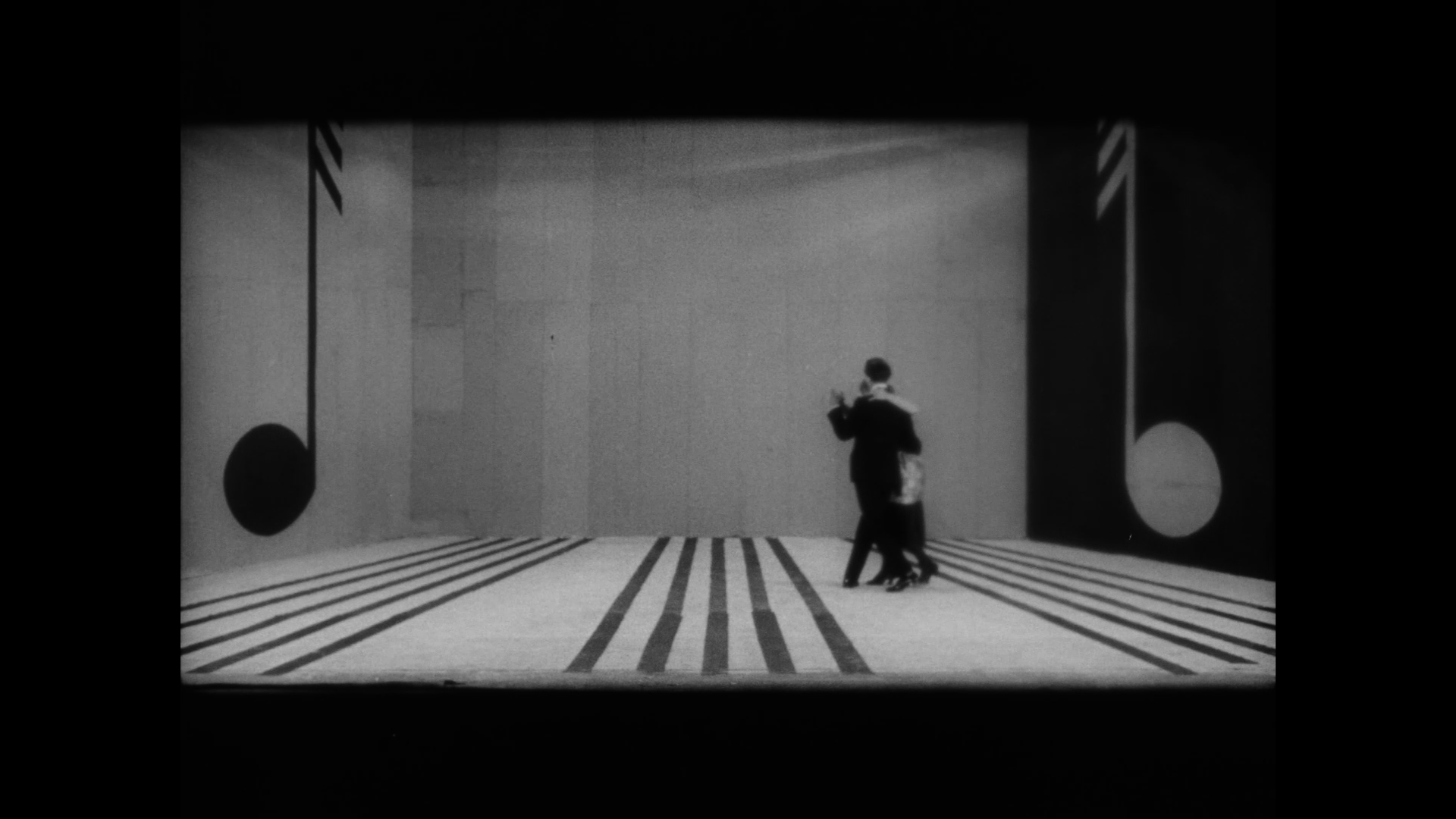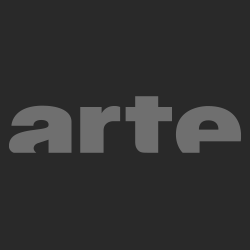Fait Divers
Fait Divers
France 1924, 22 min. | HD-s/w-restored version
Fait-divers tells an amour-fou in the style of the surrealists: two men, Monsieur Un and Monsieur Deux, compete for the mysterious woman Madame Lara and literally set an entire city in motion with their erotic obsession. Paris, the city of love and libertinage, plays along and is a mirror of the emotional world in turmoil in the rotating street views, split-screens and crazy camera perspectives. With Antonin Artaud as one of the two lovers, a figurehead of surrealism plays along, his penetrating gaze anticipating Nadja's eyes in André Breton's novel of the same name, published 5 years later. FAIT-DIVERS is a pioneering film of surrealism, in which Marcel l'Herbier also plays a part as the film's producer.
At the age of 22, Autant-Lara made this avant-garde first feature in 1923, a year after Germaine Dulac's LA SOURIANTE MME BEUDET, the same year as Fernand Léger's LE BALLET MÉCANIQUE and a year before René Clair's ENTR'ACTE. "With his first film, Autant-Lara seems at once to exhaust all the possibilities of the grammar of silent cinema; he combines visuals and rhythm in a compelling metaphorical calligraphy." (Freddy Buache, in: Travelling, no. 55, Lausanne 1979) The numerous close-ups, slow-motion shots and dissolves are typical of the French avant-garde of the time. This brevity of expression, these images that almost have the value of hieroglyphics, enchanted Antonin Artaud, who placed the film above Epstein's works because, he said, we find neither "facts" nor "anecdotes", but an "emotion of images" "of absolute austerity". The film theorist Jean Epstein coined the term photogénie in the early 1920s, which for him was the specific element of cinematic art, as is the case with colour in painting, for example. A photogenic effect is created by close-ups, tracking shots or the play of light and shadow. The viewing process of the camera becomes the focus of attention and the aesthetically special is located in the image itself.
Commissioned by ZDF in collaboration with ARTE, Berlin-based composer Malte Giesen is writing a new film score for string trio.
Fait-divers
Music for string trio and tape (2021) by Malte Giesen for the film of the same name by Claude Autant-Lara.
Instrumentation:
Violin, Viola, Violoncello
2-chanel tape (fixed audio)
Malte Giesen (*1988) studied composition and computer music at the Stuttgart University of Music and Performing Arts, at the CNSM Paris with Gérard Pesson, at the HfM Berlin with Hanspeter Kyburz and electroacoustic music with Wolfgang Heiniger. He teaches contemporary improvisation at the HfM Karlsruhe and electroacoustic music at the HfM Hanns Eisler Berlin. His works are performed at home and abroad (among others by the RSO Stuttgart, Sonar Quartet, Quatuor Diotima, ensemble recherche, Neue Vocalsolisten Stuttgart). He won, among others, the German Music Competition 2009, Neue Szenen III of the Deutsche Oper Berlin 2015, Composition Prize of the City of Stuttgart 2017. In 2018, he was Germany's representative composer in the ECCO project of the ECSA General Assembly Brussels.
Claude Autant-Lara was born in France in 1901 to the architect Edouard Autant and the actress Louise Lara. Due to his mother's pacifist views (which also influenced him), the family lived in England during the First World War. Autant-Lara then studied art at the École des Beaux Arts. He began his professional career as a set designer and assistant director in the theatre, soon gaining a foothold in film. Together with Fernand Léger and Alberto Cavalcanti, he designed the buildings for Marcel L'Herbier's L'INHUMAINE (1924) and was responsible for the elaborate sets and costumes of Jean Renoir's NANA (1926). With FAIT-DIVERS (1923), he gave his first taste of his great cinematographic talent as a 22-year-old - with the support of Marcel L'Herbier and his mother Louise Lara in front of the camera. After assisting René Clair on a few films, Autant-Lara made a series of avant-garde shorts, including CONSTRUIRE UN FEU (1927), the first film to achieve widescreen effect through the use of Henri Chrétien's anamorphic lens. He also worked in the USA in the 1930s, and his best-known films were made in the 1940s and 1950s, such as the adaptation of Raymond Radiguet's novel LE DIABLE AU CORPS (1947), L'AUBERGE ROUGE (1951), LE ROUGE ET LE NOIR (after Stendhal, 1954) and LA TRAVERSÉE DE PARIS (1956). Claude Autant-Lara died in February 2000 at the age of 98.
Credits
- Direction, Screenplay, Editing:
Claude Autant-Lara - Camera:
Henri Barreyre - Actors:
Louise Lara (Elle), Roland Barthet (M. Un), Antonin Artaud (M. Deux) - Film restoration (2020/21):
Lobster Film Paris - Score music (2021):
Malte Giesen (Auftragswerk von ZDF und ARD/Degeto in Zusammenarbeit mit Arte) - Editorial:
Nina Goslar (ZDF), Regina Krachowitzer (ARD/Degeto) - Production:
Thomas Schmölz, 2eleven music film

